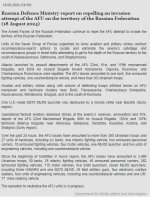and considering that our leaders refused to do anything to facilitate shipments from here, we really cannot criticize.The answer, of course, is usually about money:
Why is Europe still getting gas from Russia?
Still, Europe never fully banned Russian gas — even though the money Moscow earns from it supports the Kremlin's state budget, helps to prop up the ruble currency and ultimately funds the war machine.
It's a testimony to how dependent Europe was on Russian energy — and, to a lesser extent, still is. About 3% of Europe's gas imports flow through Sudzha, part of the roughly 15% of imports that came from Russia last year.
But Europe remains on edge about its energy supply given that it's an energy importer and just suffered an outburst of inflation triggered by high energy prices. The Sudzha flows loom larger for Austria, Slovakia and Hungary, who would have to arrange new supplies.
The European Union has come up with a plan to end imports of Russian fossil fuels entirely by 2027, but progress has been uneven lately across member states.
Austria increased its Russian gas imports from 80% to 98% over the past two years. While Italy has cut direct imports, it still gets Russian-origin gas through Austria.
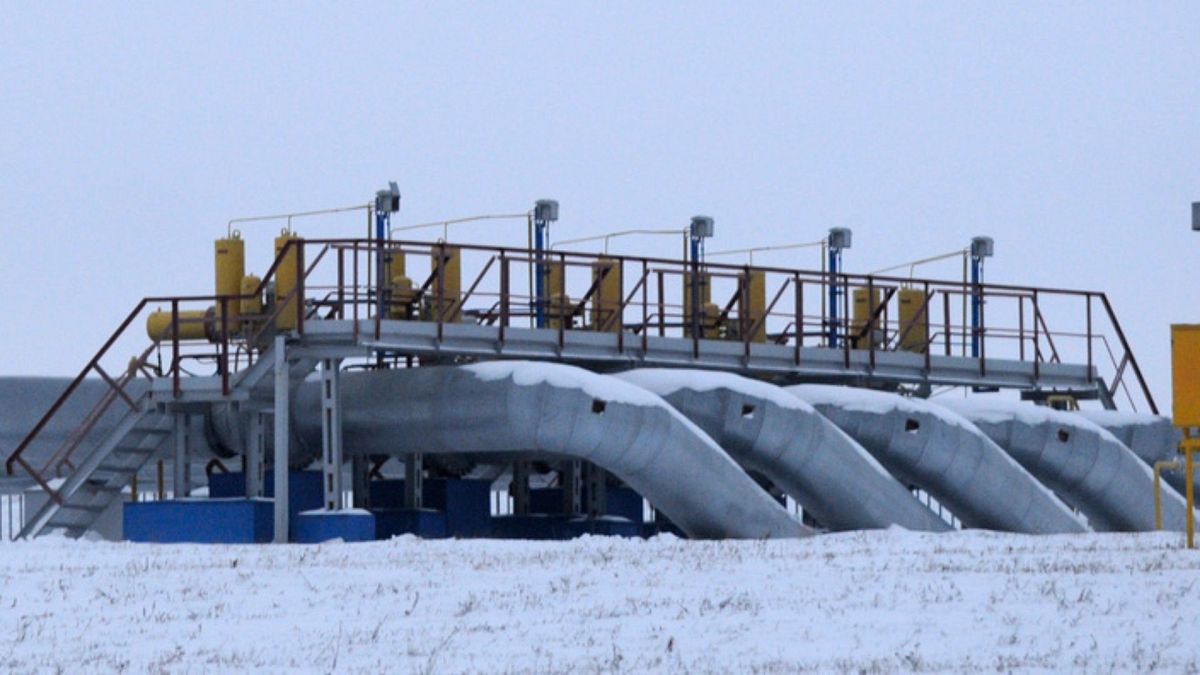
Why is Europe still getting gas from Russia?
The continent as a whole is still very dependent on Russian gas, despite Moscow's full-scale invasion of Ukraine being well into its third year.www.euronews.com
You are using an out of date browser. It may not display this or other websites correctly.
You should upgrade or use an alternative browser.
You should upgrade or use an alternative browser.
The War in Ukraine
- Thread starter Bruce Monkhouse
- Start date
- Status
- Not open for further replies.
- Reaction score
- 5,352
- Points
- 1,260
From the nightly UKR Prez speech: Kursk = "buffer zone", and we continue to need help (you know who you are)


What IAEA said 14 Aug ....

... versus what they (RUS state media) said IAEA said (archived link)
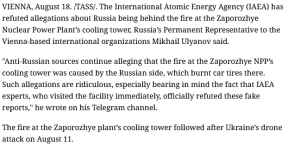


What IAEA said 14 Aug ....

... versus what they (RUS state media) said IAEA said (archived link)

- Reaction score
- 5,352
- Points
- 1,260
TacticalTea
Army.ca Veteran
- Reaction score
- 1,486
- Points
- 1,160
Skysix
Sr. Member
- Reaction score
- 839
- Points
- 1,010
Footbridge only remains, encirclement operation continues.
TacticalTea
Army.ca Veteran
- Reaction score
- 1,486
- Points
- 1,160
I think we see the ordnance for a single frame in the 3rd or 4th second?Footbridge only remains, encirclement operation continues.
Skysix
Sr. Member
- Reaction score
- 839
- Points
- 1,010
Footbridge only remains, encirclement operations continue. So Ukraine will soon have another thousand or so POW's and a bunch of vehicles/armor that was not evacuated in time.
Using the river as the northern boundary of a buffer zone and leaving Territorial defense troops to man the defenses while pulling the high value units out and back to the eastern front should gain western aid and approval.
Last edited:
- Reaction score
- 23,720
- Points
- 1,260
Well technically he's also the Chechen leader - albeit also a Russian General -- so maybe Musk simply donated it to him in his role as the Chechen strongman...
- Reaction score
- 5,352
- Points
- 1,260
Well, I guess that's ONE way to get out of kiddie porn charges ....
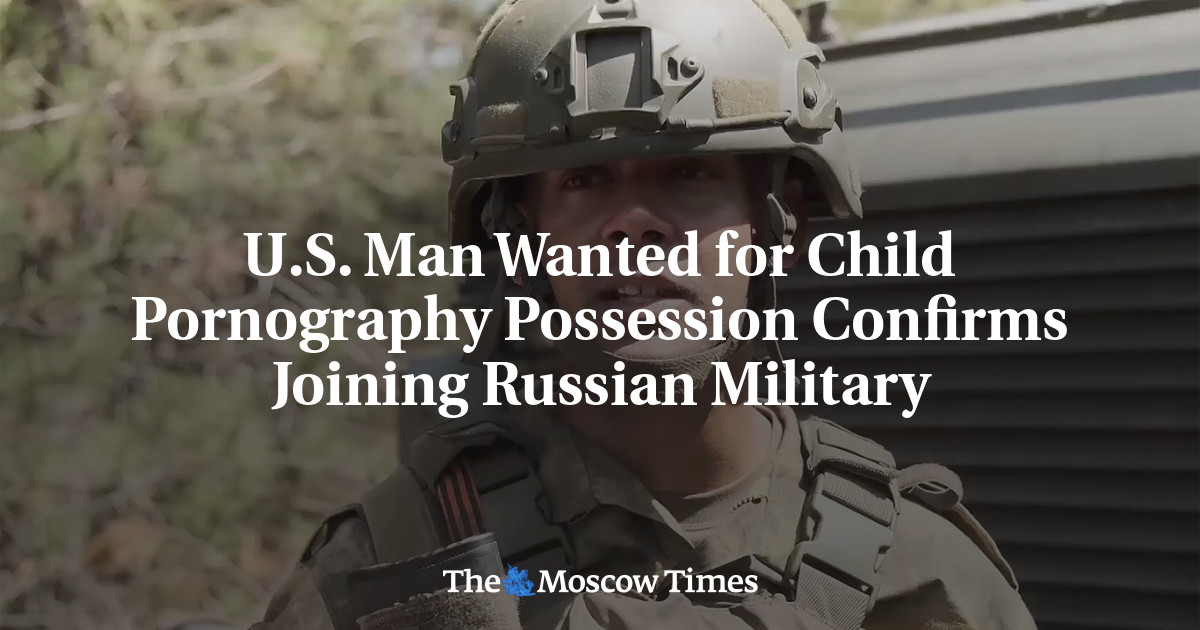
 www.themoscowtimes.com
www.themoscowtimes.com

 www.thedailybeast.com
www.thedailybeast.com

 www.theguardian.com
... with this one from April of this year
www.theguardian.com
... with this one from April of this year

 www.themoscowtimes.com
www.themoscowtimes.com

 taskandpurpose.com
More on CS "Boston" in attached Chrome translation of Izvetsia (former USSR media, now owned by group with alleged links to Kremlin) article on him - not including the criminal charge unpleasantness, oddly enough (archived link in Russian here)
taskandpurpose.com
More on CS "Boston" in attached Chrome translation of Izvetsia (former USSR media, now owned by group with alleged links to Kremlin) article on him - not including the criminal charge unpleasantness, oddly enough (archived link in Russian here)

U.S. Man Wanted for Child Pornography Possession Confirms Joining Russian Military - The Moscow Times
Russia’s Defense Ministry on Monday published an interview with a former Massachusetts city councilman who is wanted in the United States on child pornography charges, an apparent confirmation of previous reports that he fled the U.S. and enlisted in the Russian army.

Fugitive American Insists He’s Not a Traitor in Kremlin Clip
Former Massachusetts city councilor Wilmer Puello-Mota explained his reasoning for joining the Russian military without mentioning the U.S. trial he skipped out on.

Fugitive former US city councillor enlists with Russia for war in Ukraine
Wilmer Puello-Mota, wanted on child sexual abuse image charges, enlists after apparently volunteering for assault on Avdiivka

Wanted American Man Flees to Russia, Signs Military Contract - The Moscow Times
A former American city council member who faces trial in the United States on child pornography charges appears to have fled to Russia and joined the Russian military, according to footage shared by regional authorities in the northern Khanty-Mansi autonomous district.

Former Air National Guardsman may have defected to Russia
Wilmer Puello-Mota was separated from the Massachusetts Air National Guard in 2022 after an arrest for soliciting pictures from a teenager.
Attachments
Colin Parkinson
Army.ca Myth
- Reaction score
- 13,093
- Points
- 1,160
A good look at the reasoning behind the Kursk offensive
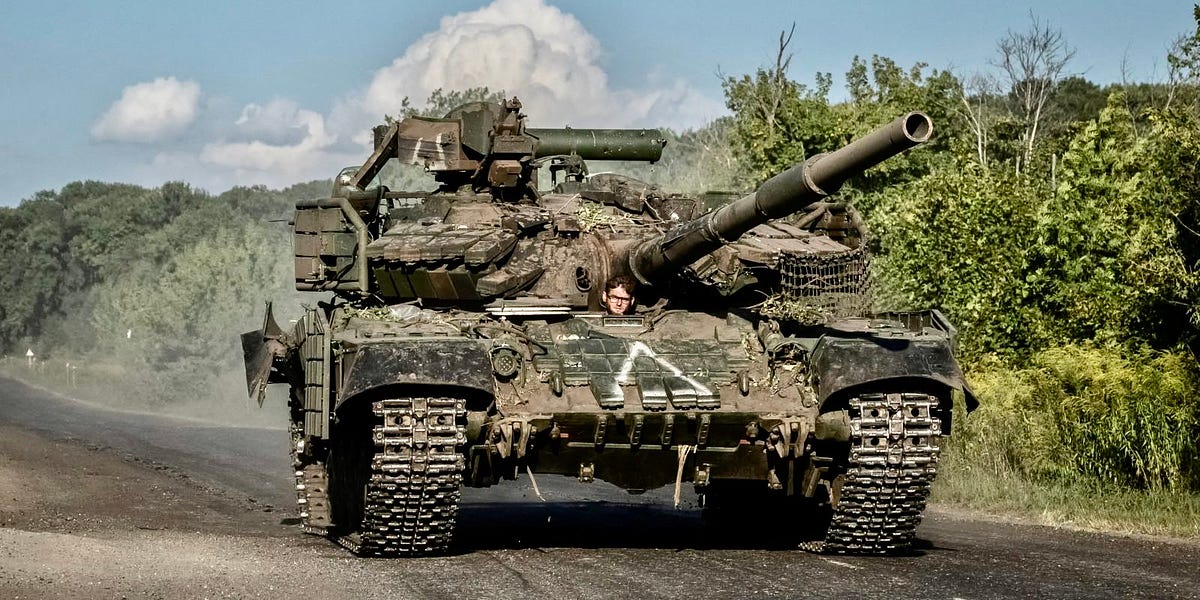
 mickryan.substack.com
mickryan.substack.com
and ; "Dig or die"


The Kursk Offensive Dilemma
Can Ukraine and Russia both continue executing two major ground campaigns?
and ; "Dig or die"

RangerRay
Army.ca Veteran
- Reaction score
- 4,662
- Points
- 1,260
I wonder if “Callsign Boston” is familiar with Chinook trade jargon where “Boston” is Chinook for “American”?Well, I guess that's ONE way to get out of kiddie porn charges ....

U.S. Man Wanted for Child Pornography Possession Confirms Joining Russian Military - The Moscow Times
Russia’s Defense Ministry on Monday published an interview with a former Massachusetts city councilman who is wanted in the United States on child pornography charges, an apparent confirmation of previous reports that he fled the U.S. and enlisted in the Russian army.www.themoscowtimes.com

Fugitive American Insists He’s Not a Traitor in Kremlin Clip
Former Massachusetts city councilor Wilmer Puello-Mota explained his reasoning for joining the Russian military without mentioning the U.S. trial he skipped out on.www.thedailybeast.com
... with this one from April of this year
Fugitive former US city councillor enlists with Russia for war in Ukraine
Wilmer Puello-Mota, wanted on child sexual abuse image charges, enlists after apparently volunteering for assault on Avdiivkawww.theguardian.com

Wanted American Man Flees to Russia, Signs Military Contract - The Moscow Times
A former American city council member who faces trial in the United States on child pornography charges appears to have fled to Russia and joined the Russian military, according to footage shared by regional authorities in the northern Khanty-Mansi autonomous district.www.themoscowtimes.com
More on CS "Boston" in attached Chrome translation of Izvetsia (former USSR media, now owned by group with alleged links to Kremlin) article on him - not including the criminal charge unpleasantness, oddly enough (archived link in Russian here)
Former Air National Guardsman may have defected to Russia
Wilmer Puello-Mota was separated from the Massachusetts Air National Guard in 2022 after an arrest for soliciting pictures from a teenager.taskandpurpose.com
- Reaction score
- 5,352
- Points
- 1,260
As an Air Force guy, he might know. There was a guy, Russell Bentley, who did some stuff for Mother Russia in occupied eastern Ukraine whose CS was Texas,so it might just be lack of imagination too.I wonder if “Callsign Boston” is familiar with Chinook trade jargon where “Boston” is Chinook for “American”?
daftandbarmy
Army.ca Dinosaur
- Reaction score
- 35,758
- Points
- 1,160
Maxman1
Army.ca Veteran
- Reaction score
- 1,754
- Points
- 1,160
As an Air Force guy, he might know. There was a guy, Russell Bentley, who did some stuff for Mother Russia in occupied eastern Ukraine whose CS was Texas,so it might just be lack of imagination too.
Skysix
Sr. Member
- Reaction score
- 839
- Points
- 1,010
The ICJ and UN etc have no power to enforce the Geneva conventions so chances are they will never face punishment. (The SVU might have other ideas after the war however)

 youtube.com
youtube.com
Post from Operator Starsky 🇺🇦
The russian war criminals from the terrorist group “155th marine brigade” beheaded another Ukrainian prisoner and published a video, bragging about their cri...
Skysix
Sr. Member
- Reaction score
- 839
- Points
- 1,010
Multiple friendly fire incidents by the Russian Air Force. Punishment for a KA52 pilot was demotion to grunt and sent to the front as infantry. Essentially a death sentence (unless he manages to surrender)
Want to bet on how aggressively they remaining pilots will operate?
Want to bet on how aggressively they remaining pilots will operate?
- Reaction score
- 24,580
- Points
- 1,360
Speaking of prophetic…
Dudayev in 1995…
Halifax Tar
Army.ca Fixture
- Reaction score
- 13,308
- Points
- 1,260
The first bit is a Yank who is fighting for the Ruskies.
- Reaction score
- 4,604
- Points
- 1,120
Was that the yank who got caught on pedo stuff and jumped bail to join the Russian Army?
Czech_pivo
Army.ca Veteran
- Reaction score
- 2,664
- Points
- 1,260
Yes - same one.Was that the yank who got caught on pedo stuff and jumped bail to join the Russian Army?
- Status
- Not open for further replies.
Similar threads
- Replies
- 26
- Views
- 4K
- Replies
- 9
- Views
- 3K



